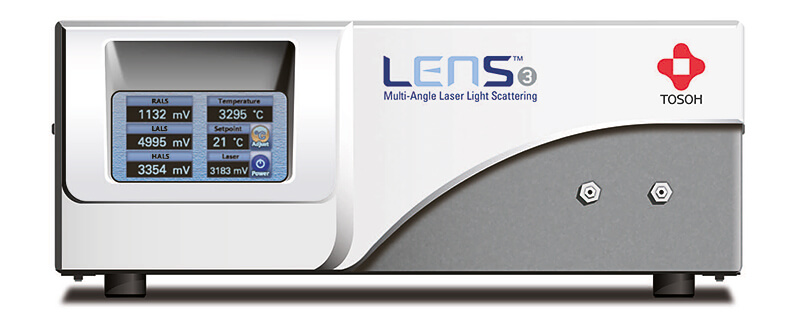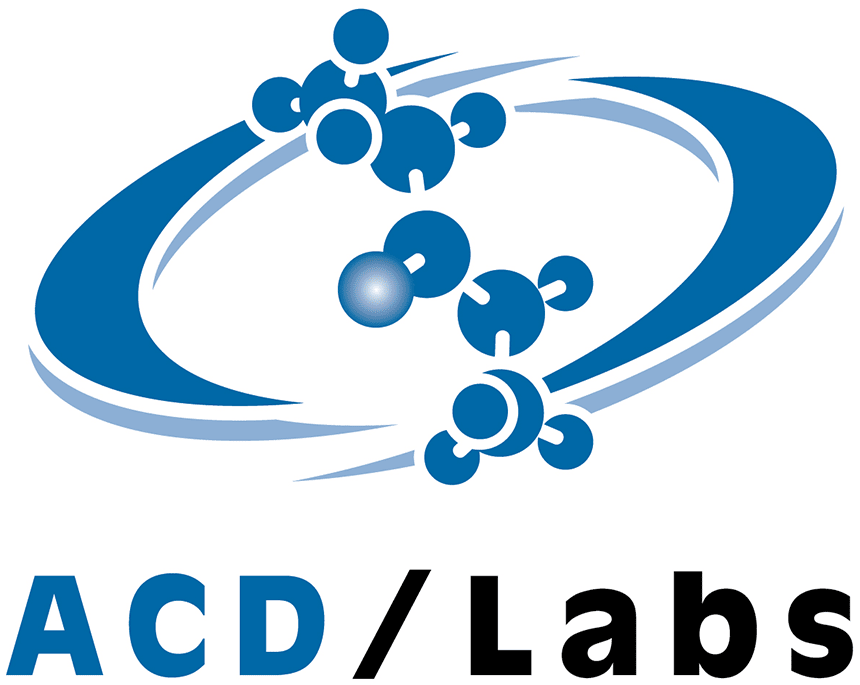The LenS3 Multi-Angle Light Scattering Detector offers a revolutionary approach for the measurement of molecular weight (MW) and radius of gyration (Rg) of synthetic polymers, polysaccharides, proteins, and biopolymers. LenS3 is accompanied by SECview Software, offering seamless versatility from data acquisition to processing.
Multi-Angle Light Scattering (MALS) detectors have become a common tool to determine MW and size of macromolecules. The theory is based on the Rayleigh equation, where the intensity of the scattered light, Rθ, is directly related to molecular weight of macromolecules. Using the traditional Zimm method, one can determine molecular weight, radius of gyration and the second virial coefficient of large scattering molecules on the basis of angular and concentration dependence measurements of the intensity of scattered light from dilute solutions.






